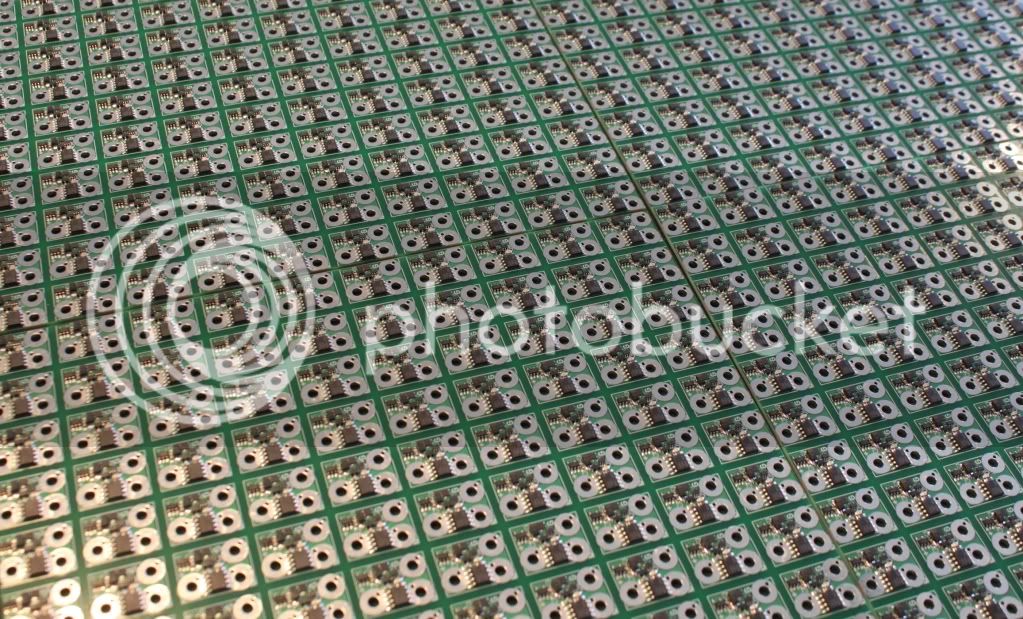I'm starting to run low on stock on my av-bays and the magnetic switches, so I'm getting ready to place orders for new production runs of the av-bays and magnetic switch.
Unfortunately, the part that I have been using for the most recent revision of the Featherweight magnetic switches and av-bays has been discontinued for some reason. I'm looking at replacement parts for these next production runs, and there are some tradeoffs to consider. The choices are:
I think that sensitivity and range is more important for user happiness with the product, and magnets have doubled in price in the last year, to become a significant part of the overall cost, so I'm leaning toward #2. If you are currently a user of Featherweight magnetic switches or av-bays, which option would you prefer? If you are voting without having used one of the existing products, please let me know what you voted for in the comments.
Thanks.
Unfortunately, the part that I have been using for the most recent revision of the Featherweight magnetic switches and av-bays has been discontinued for some reason. I'm looking at replacement parts for these next production runs, and there are some tradeoffs to consider. The choices are:
- Operate the same way that the current magnetic switches do, in which you turn the switch on with the magnet in one direction, and turn it off with the magnet in the other direction. The LED lights when the switch is on. Unfortunately, the only available replacement sensor that works this way is half as sensitive as the current part, which means that either the range is cut down by about 20%, or the magnet volume and cost need to go up 2x for the same range. Currently the magnets cost about $3 for a range of one inch or $15 for a range of 2 inches. And the large magnet is kind of a pain to work with, so I'm not very inclined to double it. The maximum range would be about 1.6".
. - Operate such that when the magnet is near, it toggles the state of the switch. Move it close, and farther away, and the switch turns on. Do the exact same thing, and the switch turns off. This is similar to the way the first rev of the 38mm av-bay worked, except that now the toggle would take place with either orientation of the magnet. I would have the LED turn on when the magnet was close and off when it was further away, regardless of the state of the switch, though I could just as easily design it to have the LED stay on when the switch is on. The sensitivity for this sensor is as good or better than the most recent version of the products, but the parts count goes up a bit and the size and cost of the board would go up slightly. The cost increase would be much less than the cost increase of the magnet required with option 1 to get the same range.
I think that sensitivity and range is more important for user happiness with the product, and magnets have doubled in price in the last year, to become a significant part of the overall cost, so I'm leaning toward #2. If you are currently a user of Featherweight magnetic switches or av-bays, which option would you prefer? If you are voting without having used one of the existing products, please let me know what you voted for in the comments.
Thanks.
Last edited:








